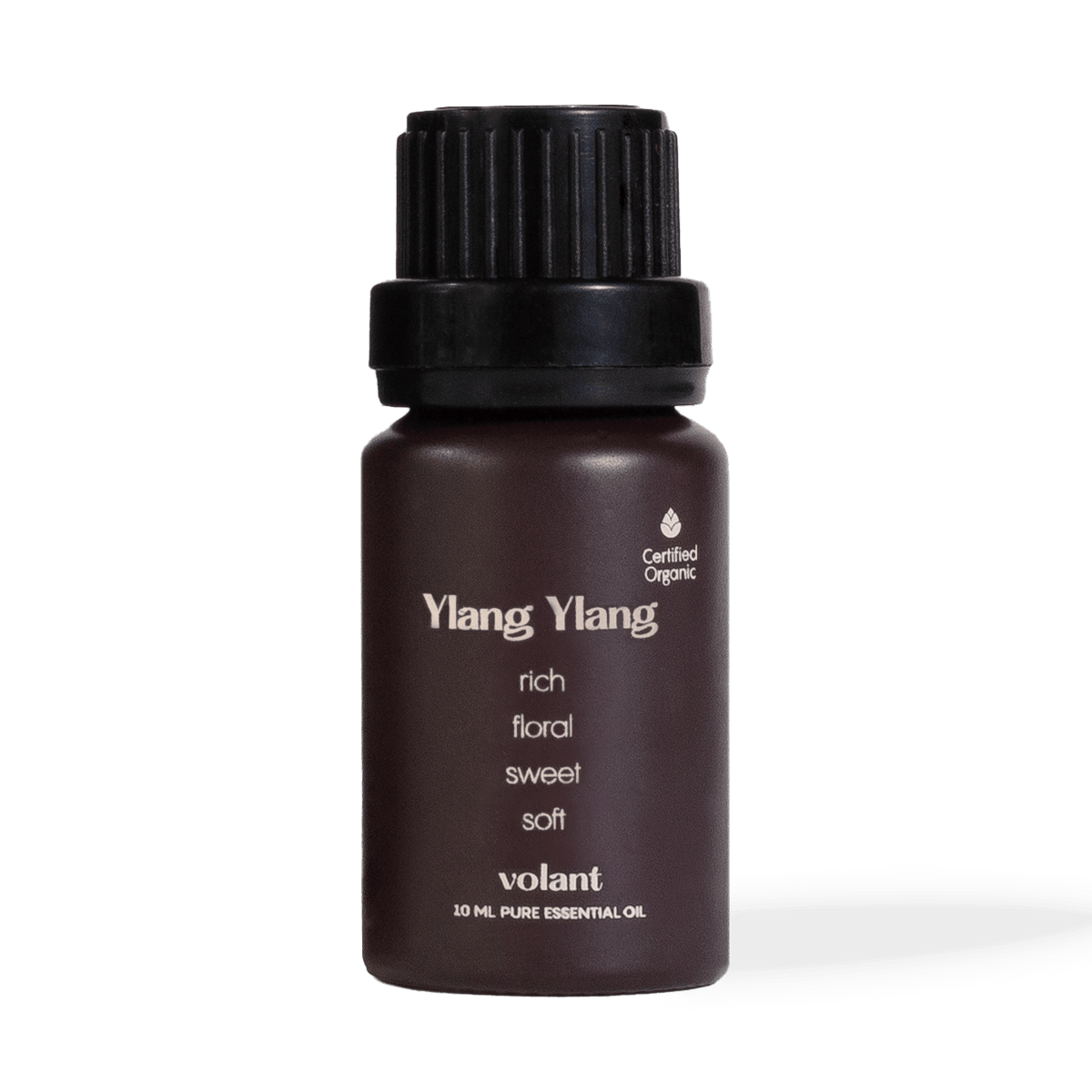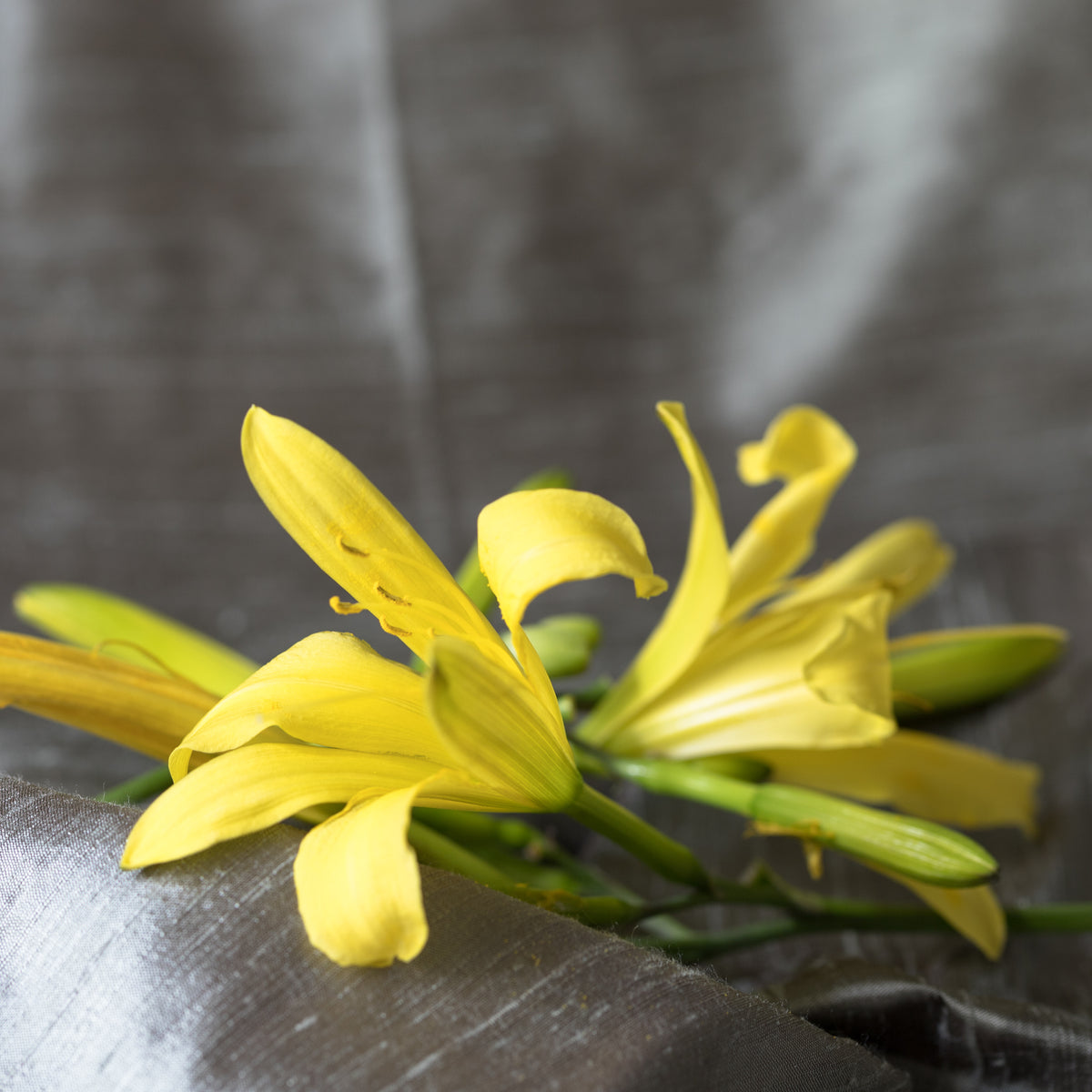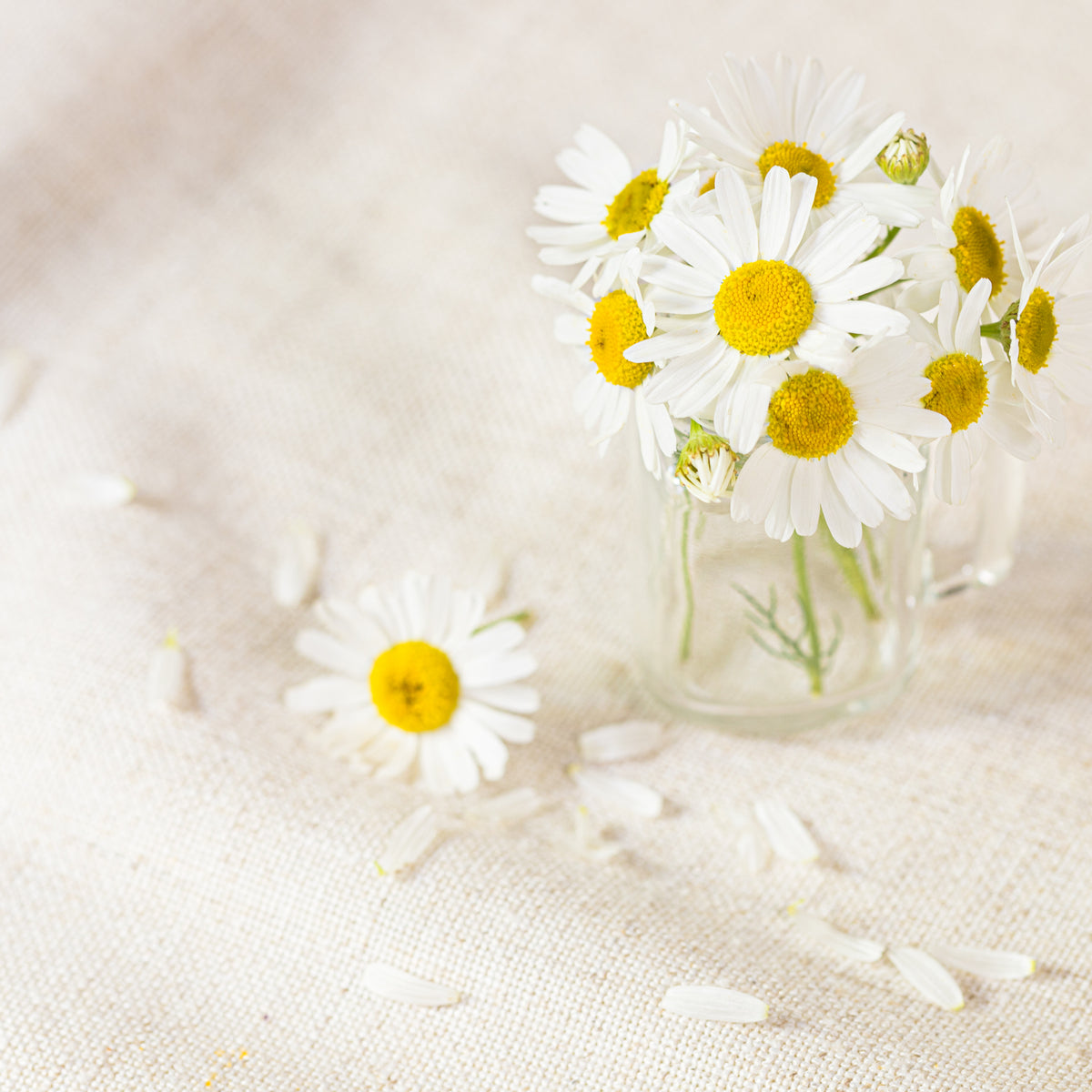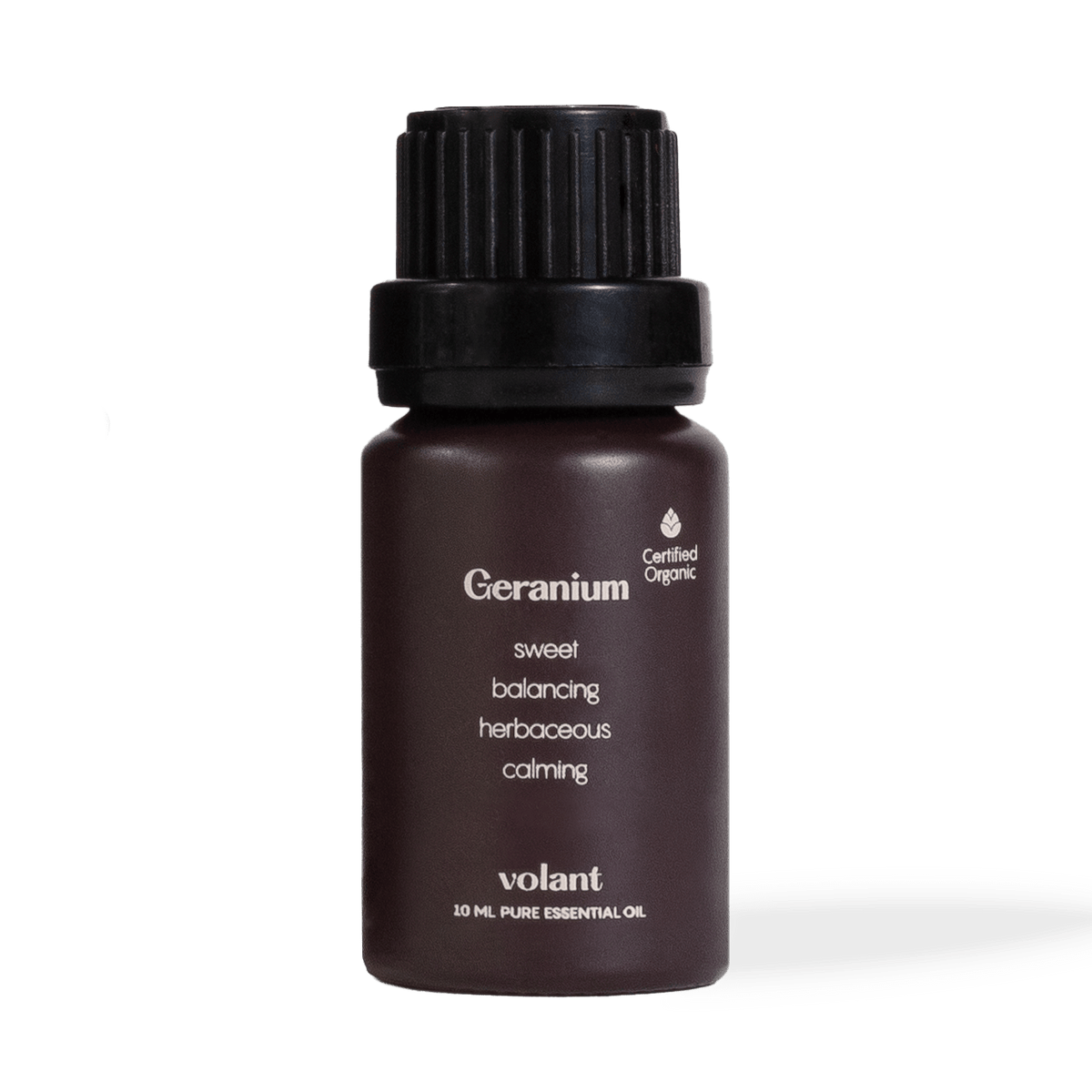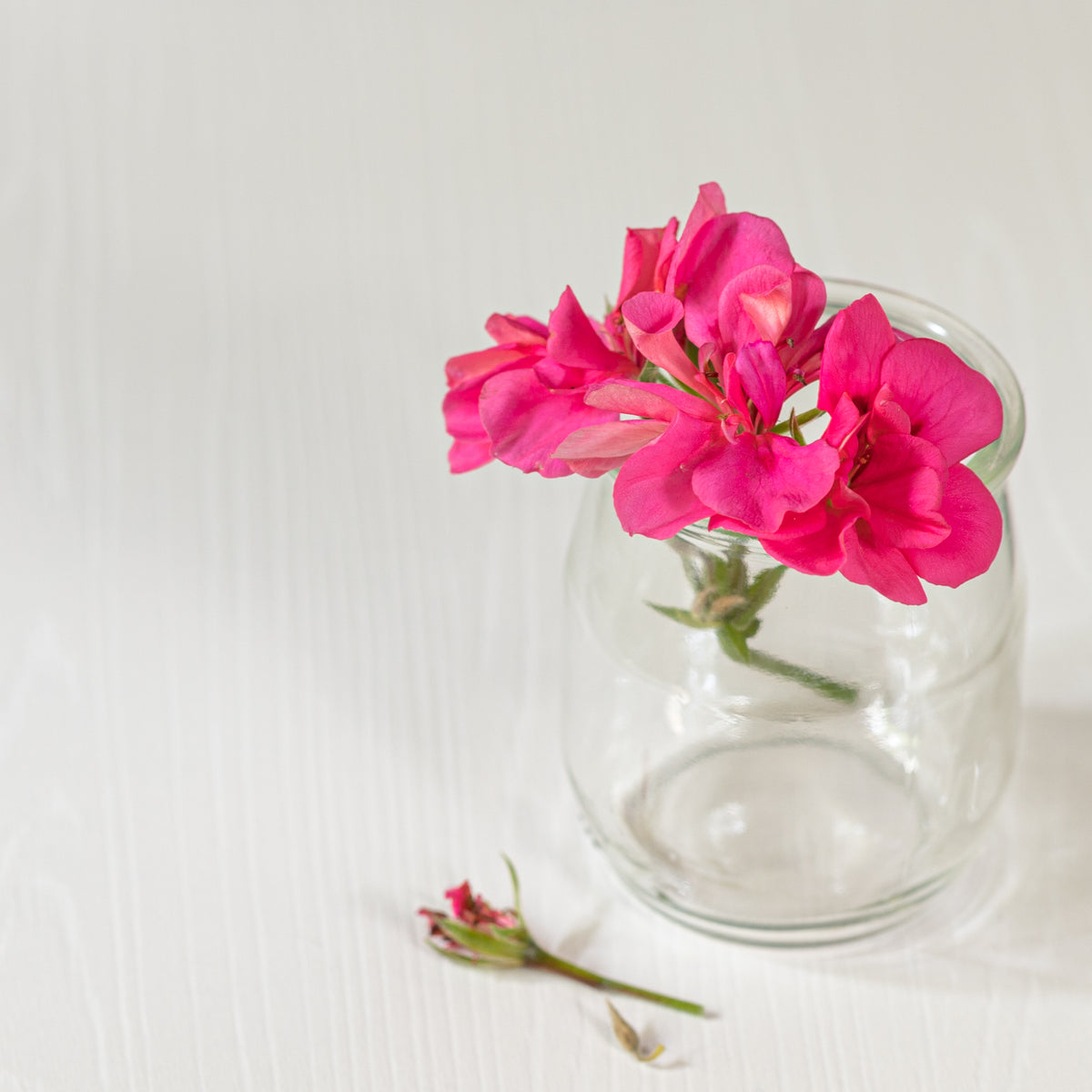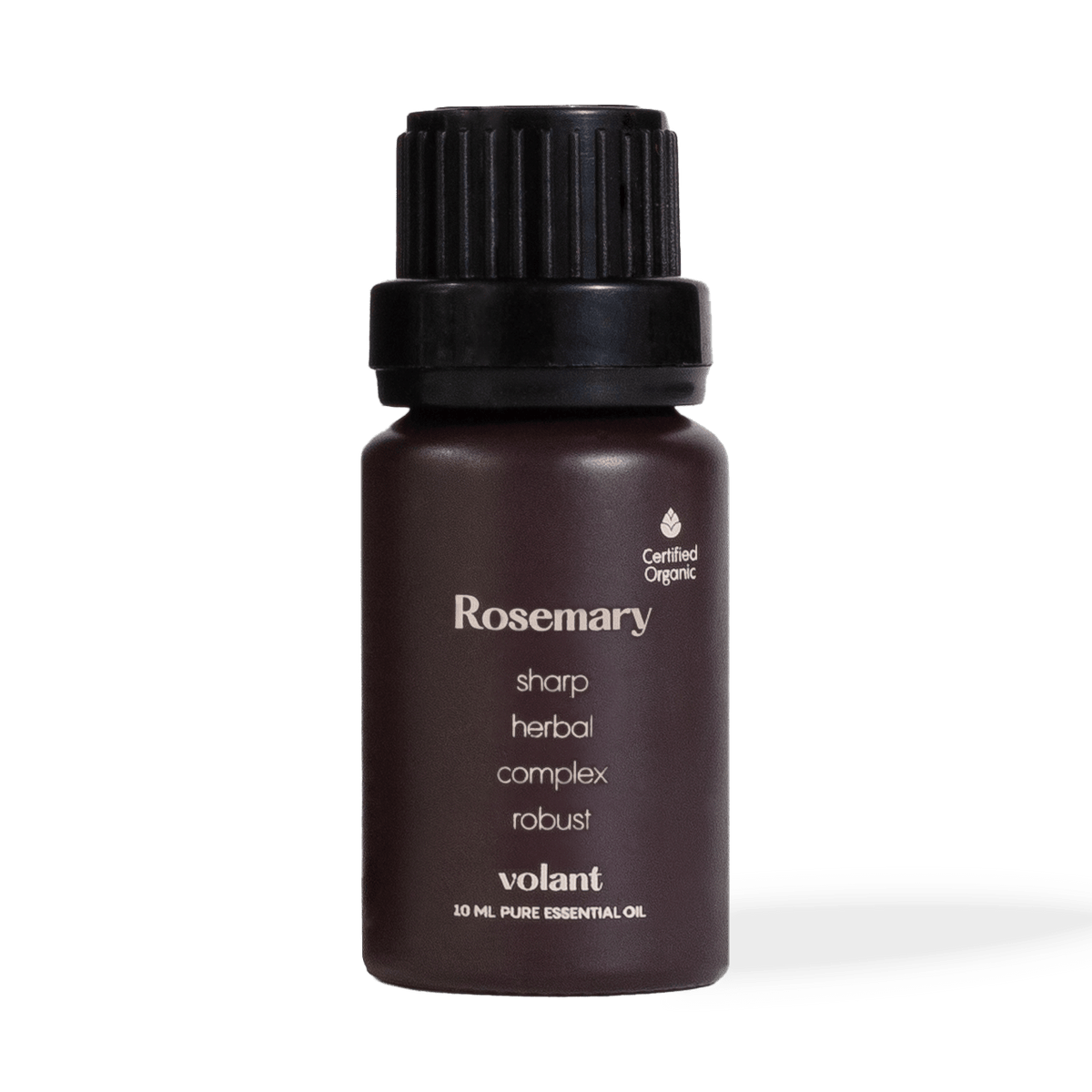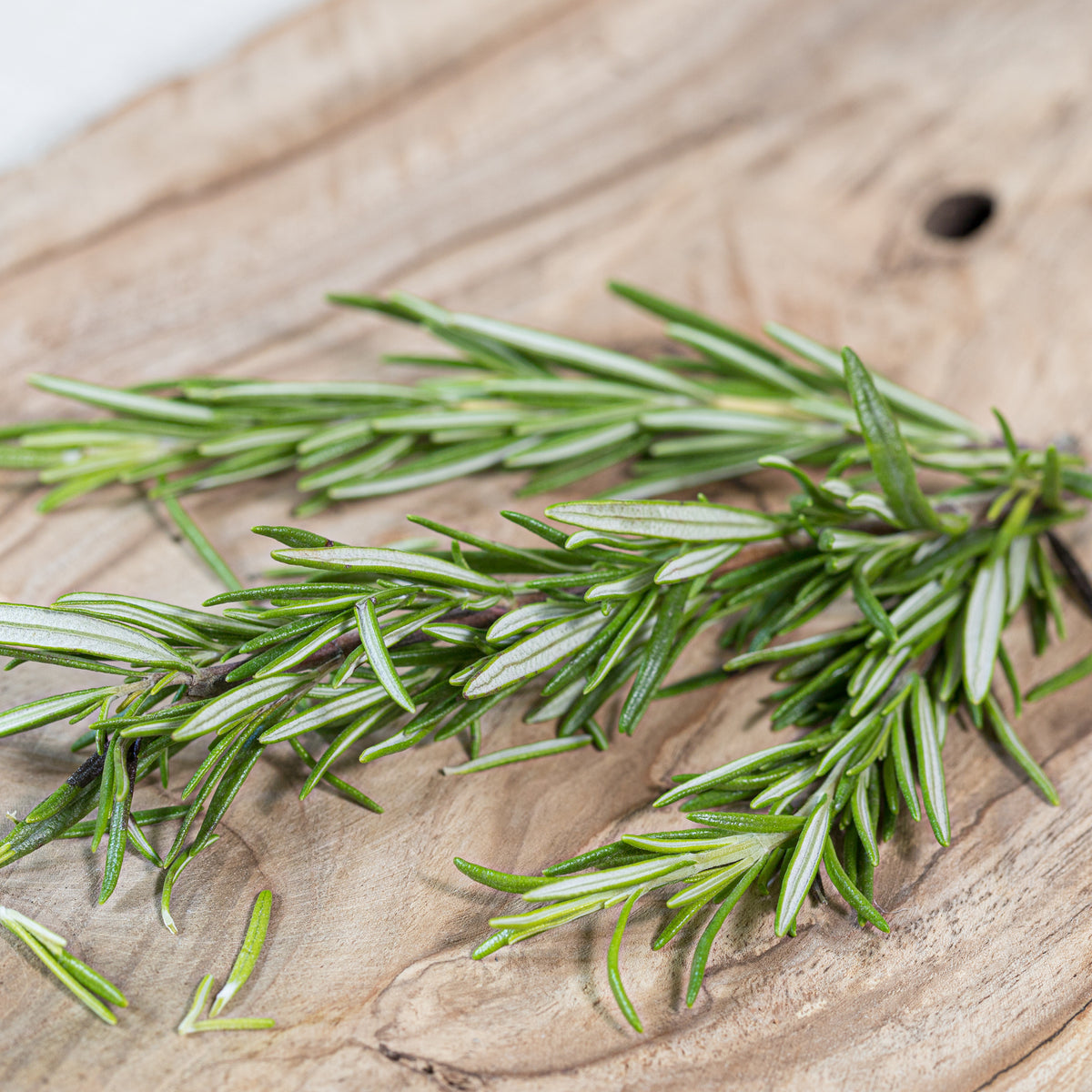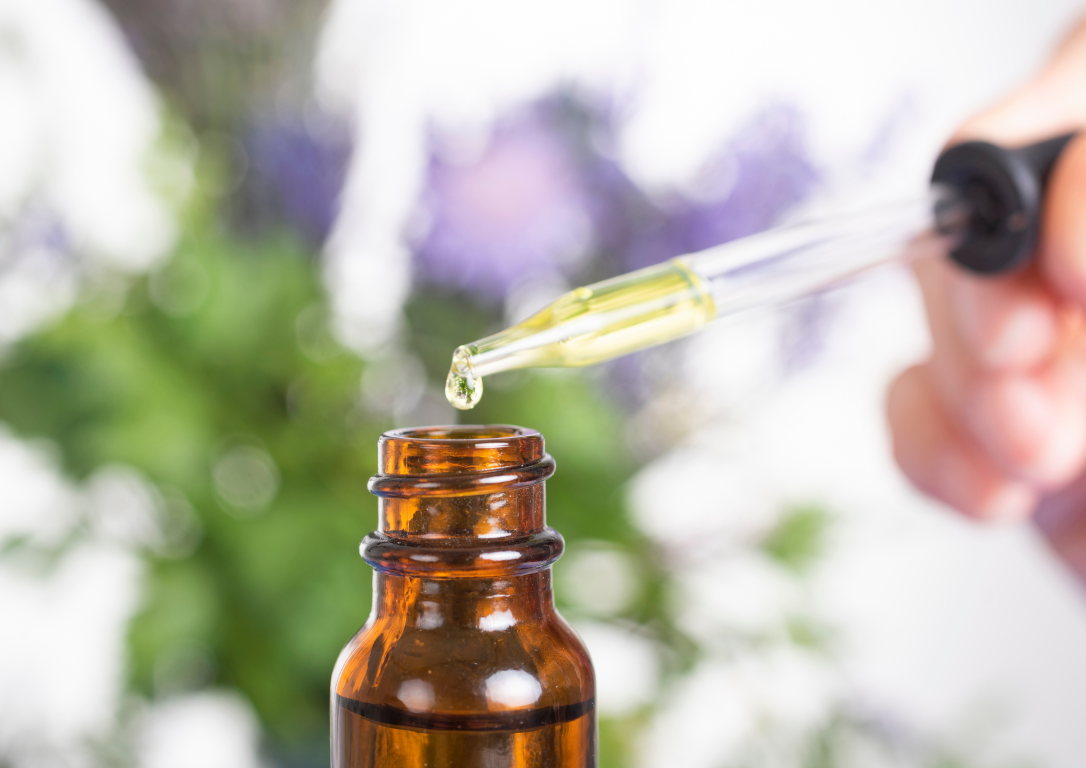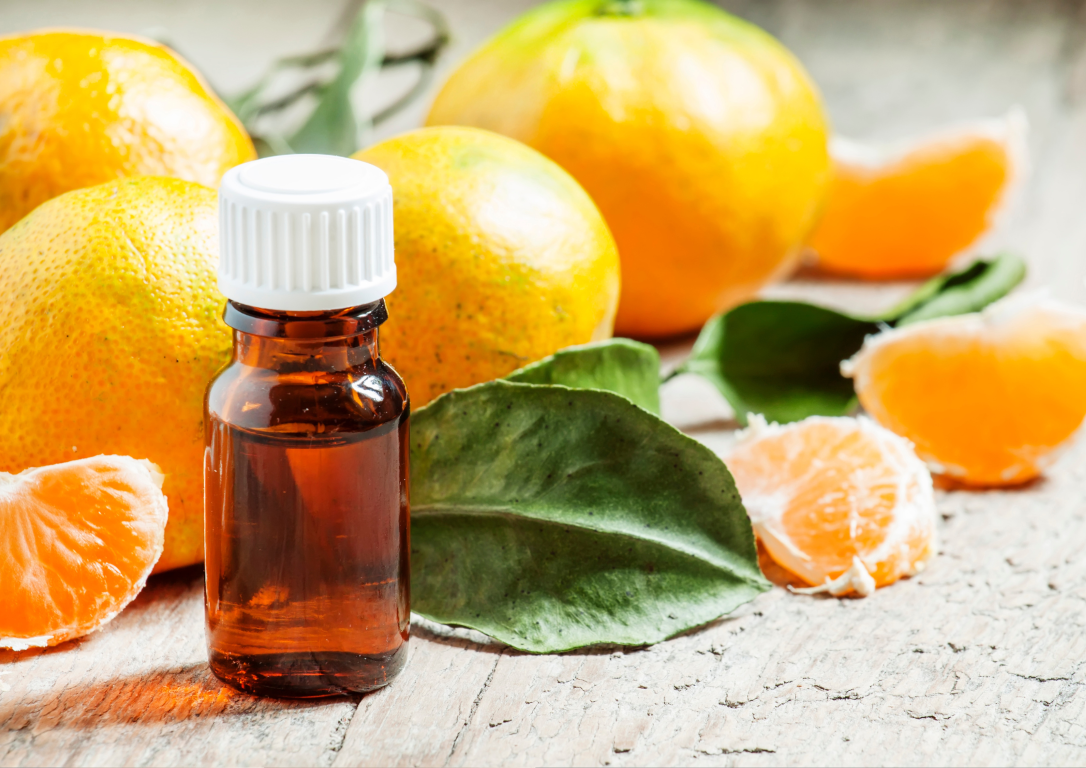From helping with mental strain to assisting those suffering from asthma, there’s a lot that this exotic-smelling essential oil can do. Every drop has phenomenal properties that have made it popular the world over. You can take advantage of all its benefits when you use ylang ylang essential oil in aromatherapy treatments, as a massage oil or when applying it topically. But be sure to educate yourself about it first so that you can use it safely and effectively.
Our guide tells you everything you need to know!
What is ylang ylang essential oil?

When you’re harnessing ylang ylang essential oil’s benefits, you’re using a yellow, star-shaped flower from the Cananga tree. This tropical genus is found in countries around the Indian Ocean, including parts of Australia as well as India, Indonesia, Malaysia and the Philippines.
These flowers are used to make a variety of different kinds of essential oils, each one varying as per the intensity of its scent. You’ll also find this flower apparent as a top note in perfumes, most famously Chanel N°5 but also in cologne, lotion, soap and even food flavoring.
Another reason that it’s so popular is that ylang ylang essential oil blends well with so many other scents. This list includes bergamot, frankincense, geranium, jasmine, lavender, grapefruit and lemon. When you create these types of blends, you stand to benefit not only from the advantages of ylang ylang but also from those of whatever other essential oils you’re adding, too.
Ylang ylang flowers are handpicked early in the morning and distilled immediately thereafter so that their fragrance is preserved. As a middle-base note essential oil, you can expect a rich, floral, sweet smell when you use it. It has a reputation as an aphrodisiac, so it’s a great choice when you’re feeling romantic.
Ylang ylang essential oil - quick facts
💛 Latin name: Cananga odorata
💛 Country of origin: 🇦🇺 Australia, 🇮🇩 Indonesia, 🇵🇬 New Guinea, 🇲🇾 Malaysia, 🇵🇭 the Philippines, 🇸🇧 the Solomon Islands, 🇹🇭 Thailand, 🇻🇳 Vietnam
💛 Scent note: Middle-base, floral
💛 Annual production: Roughly 100 tonnes
💛 Popular uses: Memory, relaxation, libido, antibacterial, lowers blood pressure
How is ylang ylang essential oil made?

As is the case with most essential oils, ylang ylang is created by steam distillation, a process that involves injecting steam into a chamber with the plant matter which vaporizes the essential oils. The oil and steam is then condensed into liquid and then separated.
There are five grades of ylang ylang essential oil: Ylang Ylang Extra, First, Second, Third and Complete. The Complete grade is created by blending the Extra, First and Second grades. The number of times the flowers get distilled determines what grade of oil gets produced.
Benefits of ylang ylang essential oil

Ylang ylang essential oil has a wide range of benefits. Some of the main benefits of ylang ylang oil are that:
- 💛 It can awaken your spiritual side
- 💛 It can be used to treat dry or oily skin
- 💛 It does amazing things for your hair
- 💛 It can help you cope with a range of mental and emotional challenges
Let's take a look at each of these benefits of ylang ylang oil in more detail.
Ylang ylang essential oil’s spiritual benefits

If you want to focus on ylang ylang essential oil’s spiritual benefits, using it may induce a harmony between your masculine and feminine energies, promote emotional healing and help you access inner joy. It is said to strongly affect the heart and throat chakras, allowing you to handle high-tension situations more easily.
Ylang ylang essential oil’s skin benefits

When it comes to ylang ylang essential oil’s skin benefits, its powerful antibacterial properties make it an extremely effective cleanser. It will also boost your epidermis’ regenerative process and regulate sebum production. So whether your skin is dry or oily, ylang ylang can help balance it!
Ylang ylang essential oil for hair

If you want to use ylang ylang essential oil for hair, you’ll be pleased to know that it can drastically improve texture and reduce breakage by balancing sebum production.
When you use ylang ylang essential oil for hair, you’ll be joining a historical tradition that natives of the Molucca Islands have been following for many years where it was added to coconut oil as a type of pomade. Western European men of the 1800s also used macassar oil for beard and hair care, which often contained ylang ylang. It offers lasting hold and extra shine that never goes out of style!
How to use ylang ylang essential oil
Ylang ylang essential oil can be used in a variety of ways, depending on its intended purpose.
Here are some of the most common ways to use ylang ylang essential oil:
- 💛 Pillow mist
- 💛 Topical application
- 💛 Aromatherapy massage
- 💛 Inhalation
Let’s take a look at each of these uses of ylang ylang essential oil in more detail.
Pillow mist with ylang ylang essential oil

Now that you know that ylang ylang essential oil blends well with so many others, why not experiment with combinations and discover your new favorite bedtime scent! Try chamomile, lavender, patchouli, frankincense, and bergamot to get started.
Topical application of ylang ylang essential oil

Topical use of ylang ylang oil has been shown safe and effective. Always dilute essential oils in skin-friendly carrier oils like argan, evening primrose, hemp seed, jojoba or sweet almond. Because ylang ylang essential oil blends well with so many oils and is great for dry skin and acne, you can treat an array of skin issues with a topical application of your mixtures.
If you have dry skin, try blending ylang ylang with chamomile, lavender and sandalwood. If your skin is oily, try combining ylang ylang with clary sage, rosemary, frankincense, geranium or neroli.




